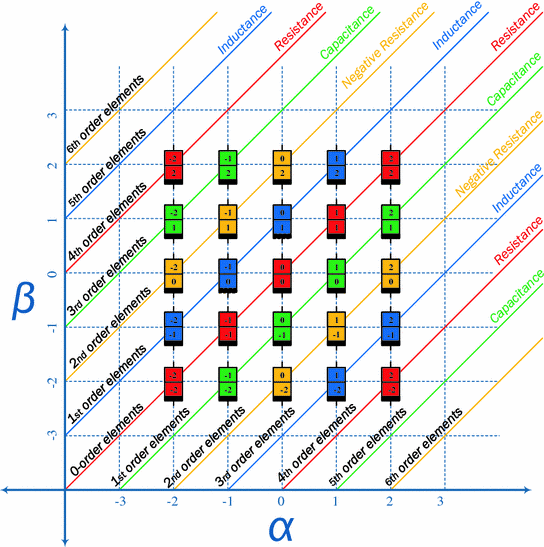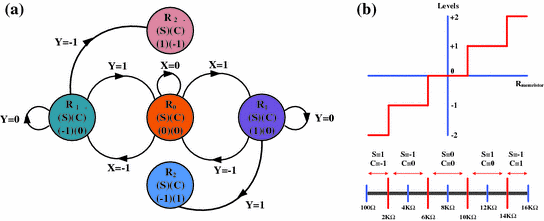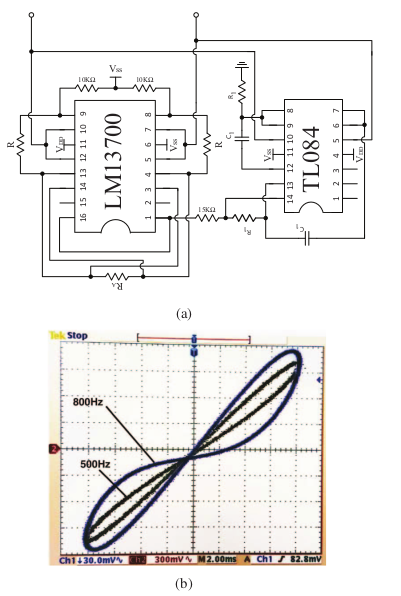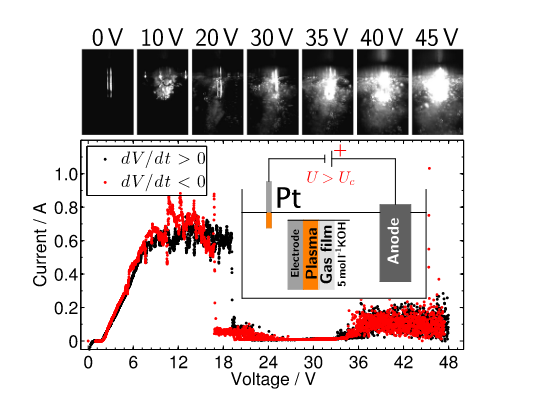Breadcrumb

Memcapacitor: Modeling, analysis, and emulators
This chapter reviews the memcapacitor, mathematical representations of time-invariant, physical realizations, and mathematical models. Moreover, the nonlinear boundary effect of the memcapacitor under step, sinusoidal, and general periodic excitation responses are discussed with analytical, numerical, and circuit simulations for different examples. The general analyses of series and parallel connections of memcapacitors are introduced with many examples and circuit simulations. Finally a charge-controlled, memristor-less memcapacitor is introduced and validated through different cases. © 2015

Memristor-based multilevel digital systems
This chapter investigates the advantages of memristor-based digital applications using multi-level arithmetic concepts. Recently, there are huge concerns regarding the memristor in digital signal processing (DSP) circuits to enhance the performance and realize very high density, nonvolatile memories in neural networks. This can be achieved by mapping the high/low logic into the memristor high/low resistances. Recently, the potential to divide the memristance levels to build multilevel digital circuits such as the ternary and redundant circuits are discussed. The concepts have been initiated by

Memcapacitor based applications
This chapter is divided into three sections focusing on some memcapacitor-based applications. The first one discusses the mathematical analyses and design of resistive-less memcapacitor-based relaxation oscillators where different cases have been investigated and validated. Analytical expressions for the oscillation frequency, duty cycle, stored energy, and conditions of oscillation have been achieved with many numerical examples and circuit simulations. The second section discusses the boundary effect on the analysis and output behavior of memcapacitor-based oscillators compared to the
Compact Wide Frequency Range Fractional-Order Models of Human Body Impedance against Contact Currents
Three circuit models using constant phase elements are investigated to represent the human body impedance against contact currents from 40 Hz to 110 MHz. The parameters required to represent the impedance are determined using a nonlinear least squares fitting (NLSF) applied to the averaged human body impedance dataset. The three fractional-order models with 4, 6, and 7 parameters are compared to an already existing integer-order, 11-parameter model. Simulations of the fractional-order models impedance are presented and discussed along with their limitations. © 2016 Todd J. Freeborn et al.
Fractional-Order Two-Port Networks
We introduce the concept of fractional-order two-port networks with particular focus on impedance and admittance parameters. We show how to transform a 2 × 2 impedance matrix with fractional-order impedance elements into an equivalent matrix with all elements represented by integer-order impedances; yet the matrix rose to a fractional-order power. Some examples are given. © 2016 M. E. Fouda et al.

Series and parallel circuit models containing memristors and inverse memristors
In this paper, we propose a single equation that can be used to describe a circuit that contains series or parallel-connected R, L, C and memristor components in addition to a new element called inverse memristor M. Connecting these elements either series or parallel affects the pinched hysteresis lobes where the pinch point moves from the origin and lobes area shrinks or widens. Different cases of connecting different elements have been discussed clearly especially connecting memristor and inverse memristor together either series or parallel gives new response and behavior which can be used

Nonlinear time-series analysis of current signal in cathodic contact glow discharge electrolysis
In the standard two-electrode configuration employed in electrolytic process, when the control dc voltage is brought to a critical value, the system undergoes a transition from conventional electrolysis to contact glow discharge electrolysis (CGDE), which has also been referred to as liquid-submerged micro-plasma, glow discharge plasma electrolysis, electrode effect, electrolytic plasma, etc. The light-emitting process is associated with the development of an irregular and erratic current time-series which has been arbitrarily labelled as "random," and thus dissuaded further research in this
Realizing fractional-order elements using CCII based mutators
Nowadays, impedance converter and inverter circuits are very vital for the fractional order circuit design. Mutators are one of the common circuits used for that purpose. So, two fractional order mutators are discussed in this work; the first one converts a resistance into a fractional order element. The second mutator family converts any fractional order element to a different fractional order element. Circuit simulations for the mutator circuits using Advanced Design System (ADS) are performed and proved that the circuits are able to achieve the required phase response. © 2016 IEEE.
Charging and discharging RCα circuit under Riemann-Liouville and Caputo fractional derivatives
In this paper, the effect of non-zero initial condition on the time domain responses of fractional-order systems using Caputo and Riemann-Liouville (RL) fractional definitions are discussed. Analytical formulas were derived for the step and square wave responses of fractional-order RCα circuit under RL and Caputo operators for non-zero initial condition. Moreover, a simulation scheme for fractional state-space systems with non-zero initial condition is introduced. © 2016 IEEE.
Fractional order control and synchronization of chaotic systems
The book reports on the latest advances in and applications of fractional order control and synchronization of chaotic systems, explaining the concepts involved in a clear, matter-of-fact style. It consists of 30 original contributions written by eminent scientists and active researchers in the field that address theories, methods and applications in a number of research areas related to fractional order control and synchronization of chaotic systems, such as: fractional chaotic systems, hyperchaotic systems, complex systems, fractional order discrete chaotic systems, chaos control, chaos
Pagination
- Previous page ‹‹
- Page 35
- Next page ››
